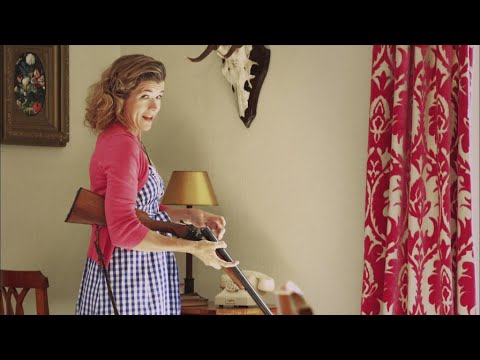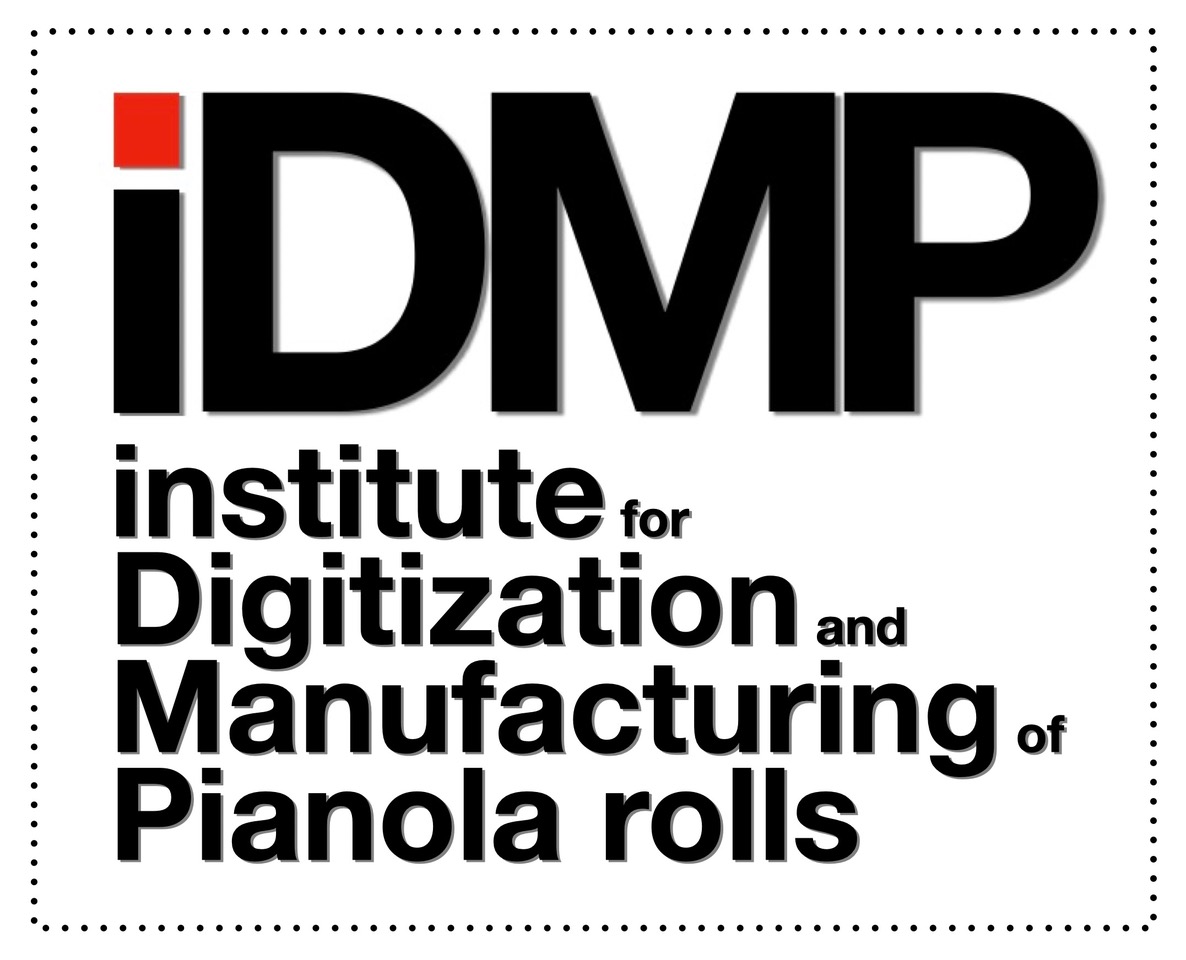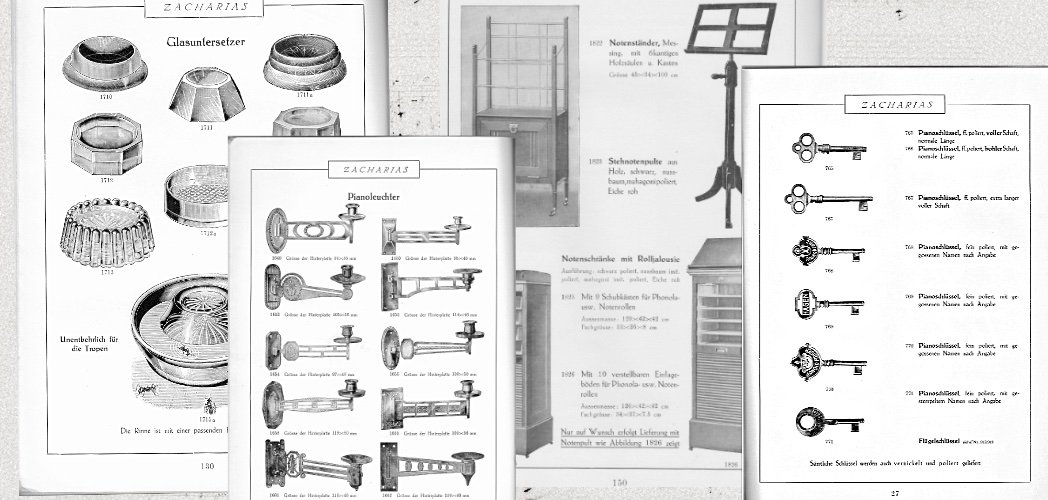To be able to use a piano, all you really need is a suitable seat and sufficient light for the respective requirements.
Accessories such as a piano chandelier, keys, metronome, keyboard lid pinch protection, etc. can be added as required. For the surface, depending on its condition, just use a feather duster or a lint-free cloth (do not use abrasive cleaners). For experienced piano owners, soundboard cleaning rod set and a tuning key for small adjustments are also worthwhile.
To preserve the value of the piano, the humidity in the area where it is installed should be constantly monitored. In our experience, commercially available, inexpensive hygrometers sometimes display considerably incorrect values - it is worth using a really good device, testo 174Hwhich is a so-called data logger for documenting the room climate and records the data. Proof of this can be important, as the owner is usually required to provide evidence in the event of a warranty claim.
If necessary - especially during the heating period - a digitally controlled humidifier is required. We have had good experiences with the AOS W2055D (now Boneco) and with the for large rooms and longer absences. AirTek PCMH45-WD gemacht.
With a moderator device (pedal or cable pull to lower a felt in front of the hammers), consideration can be given to neighbours or sleeping people. Piano makers can retrofit this to the vast majority of pianos relatively inexpensively. The installation of silent or self-playing systems can also be an option if this increases the enjoyment and use of the piano. This Ladykracher sketch on YouTube uploaded by MySpass addresses the issue of neighbours playing the piano too often/loudly...



